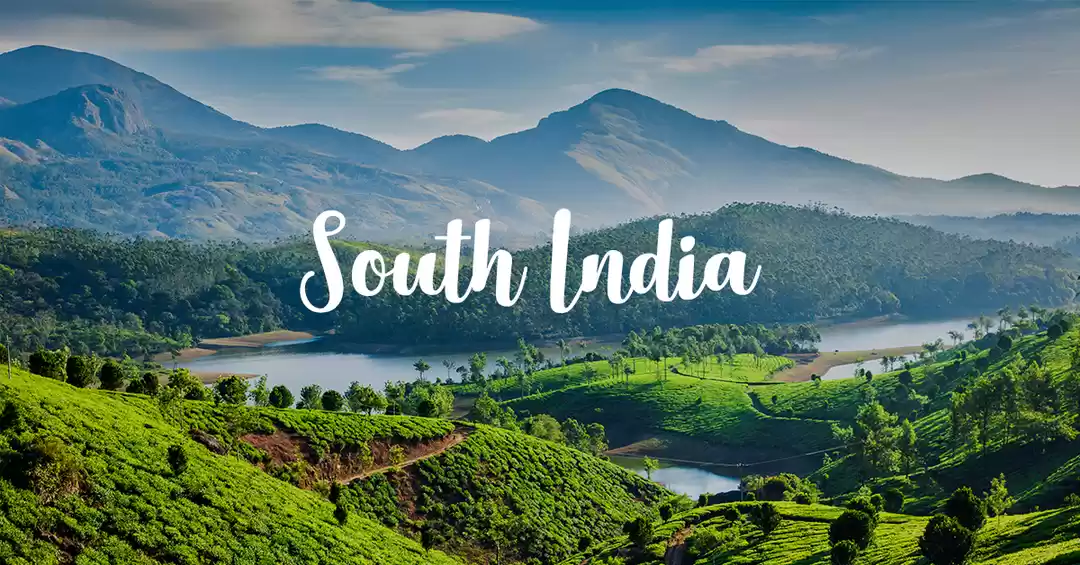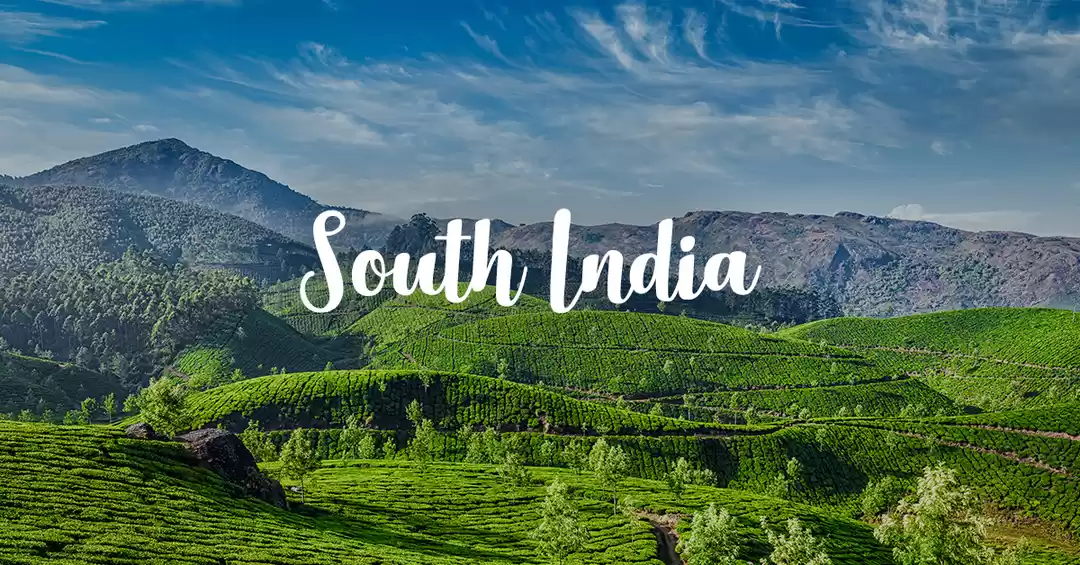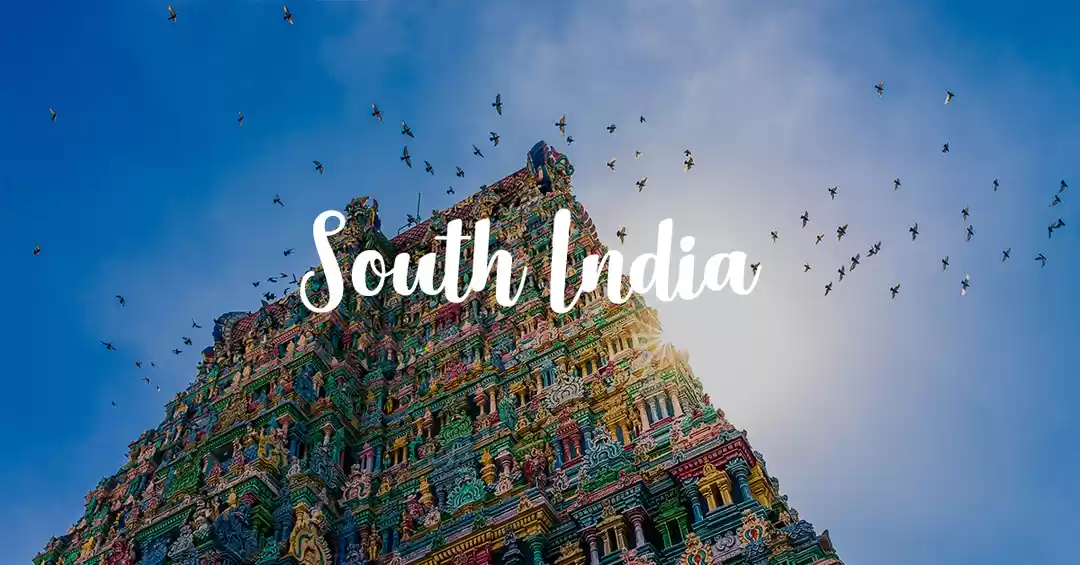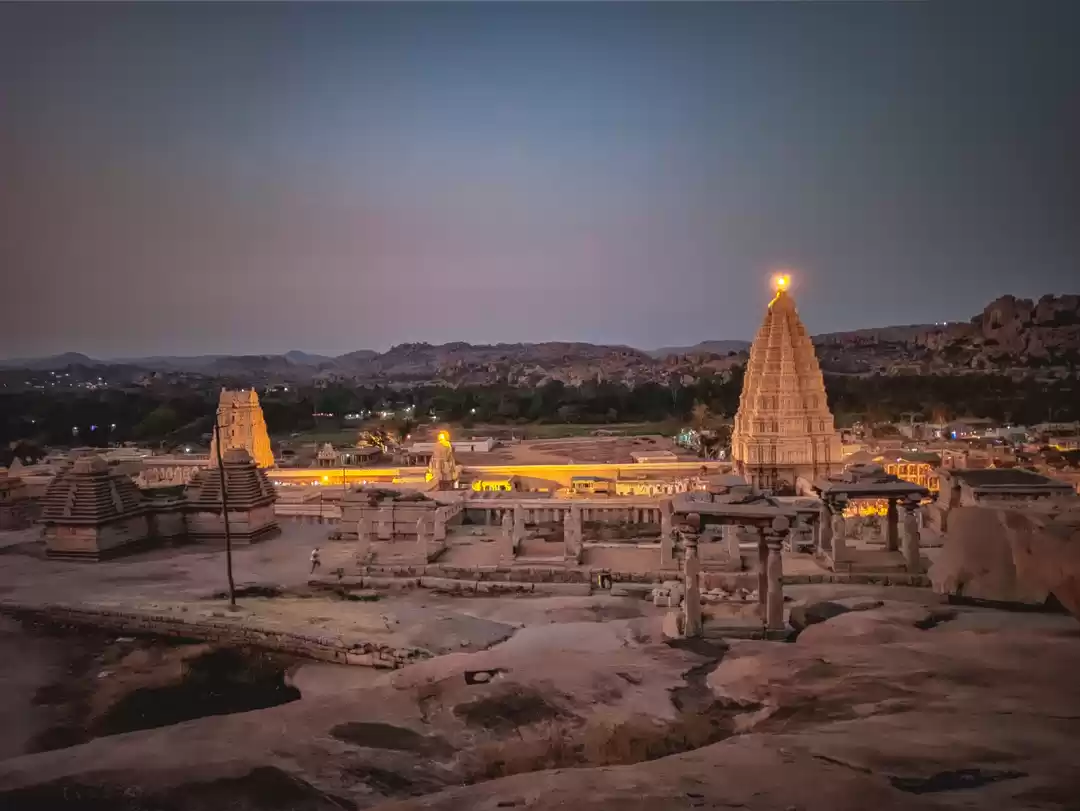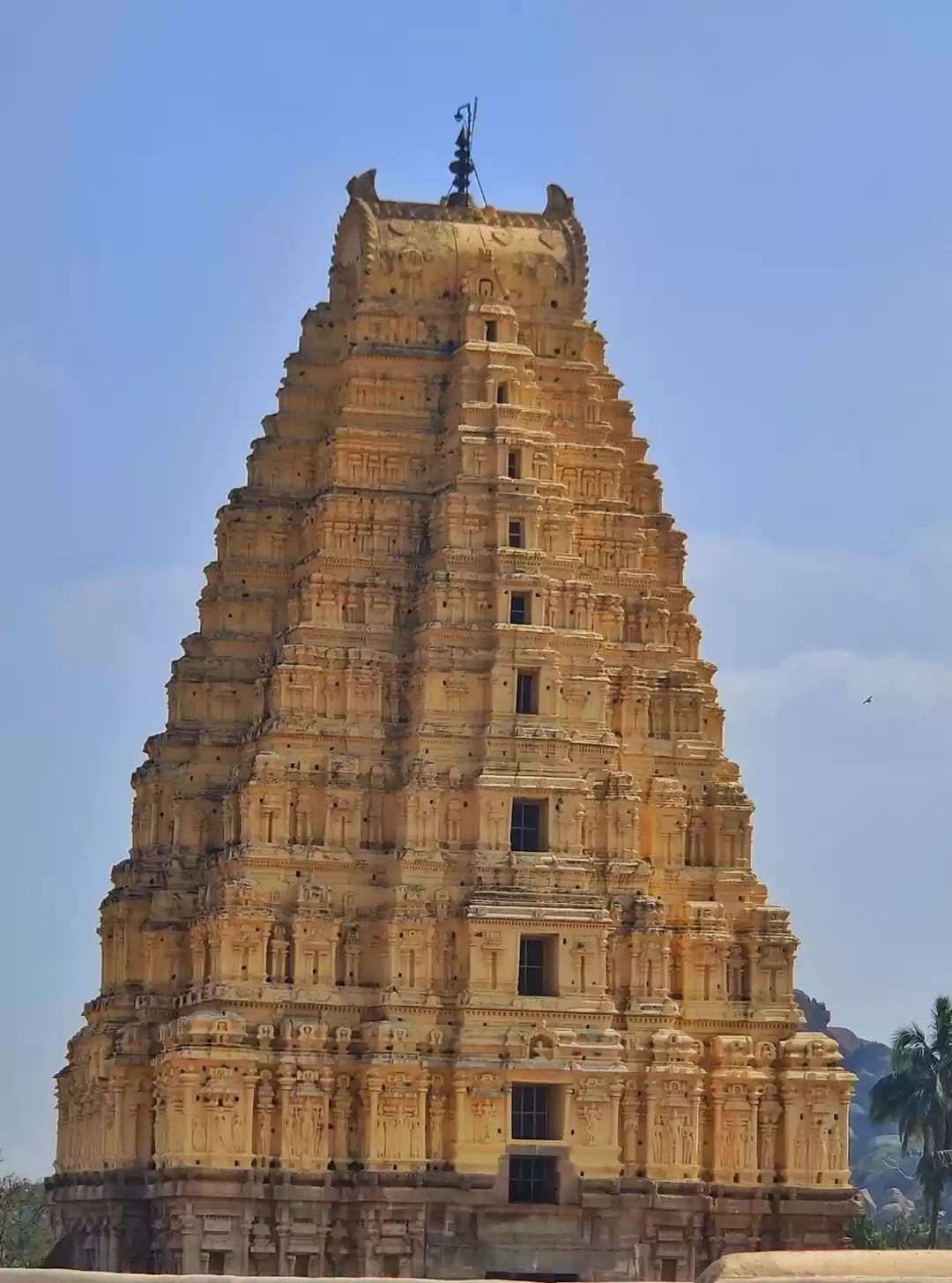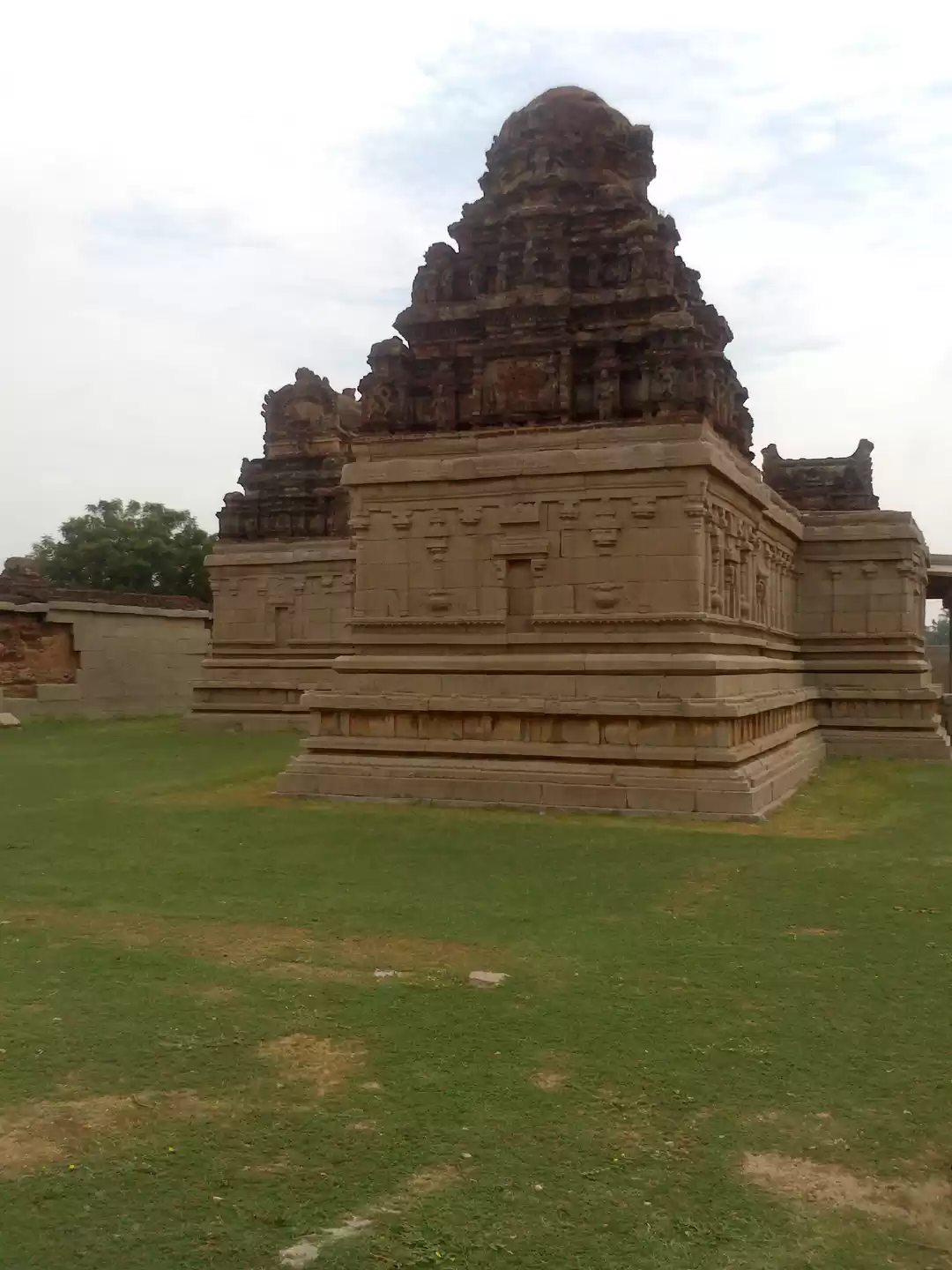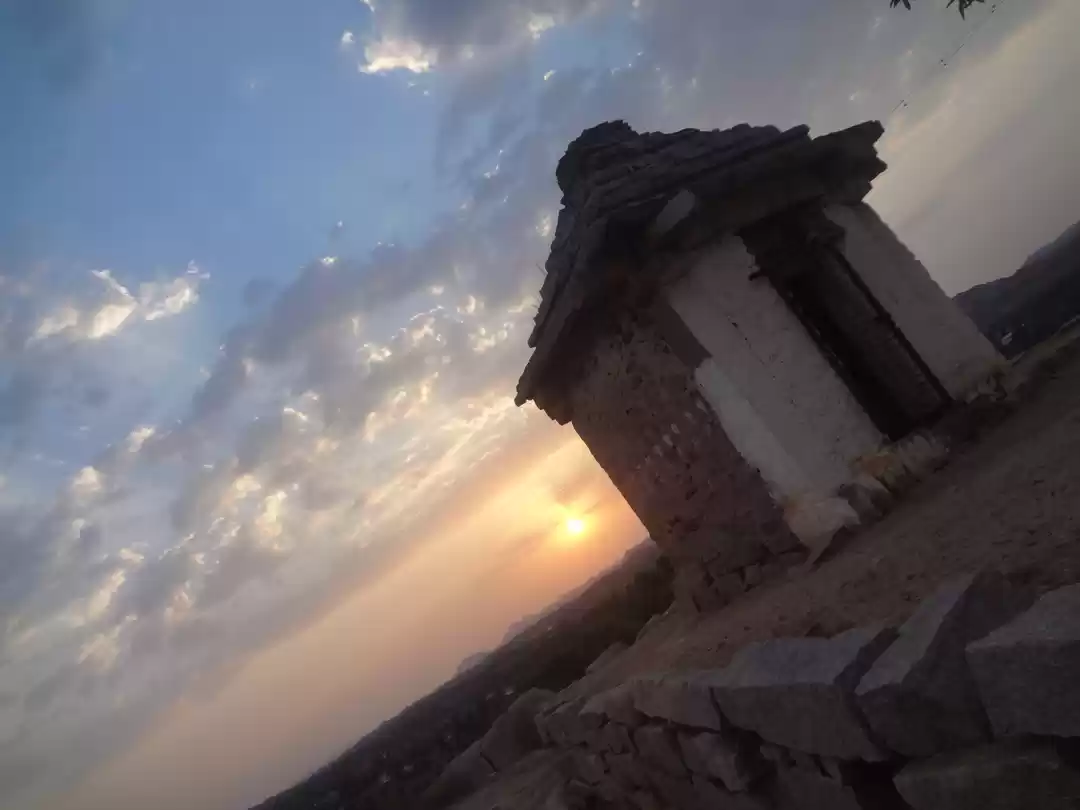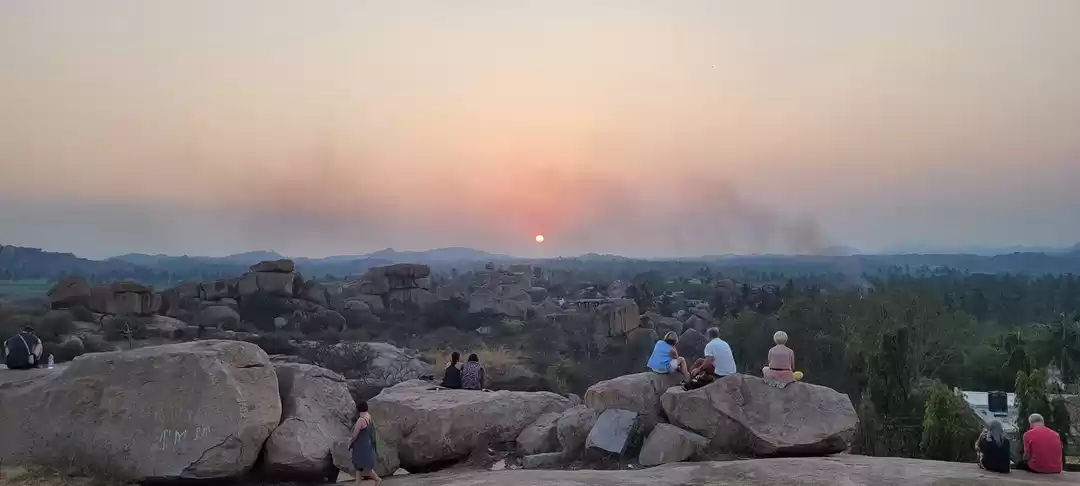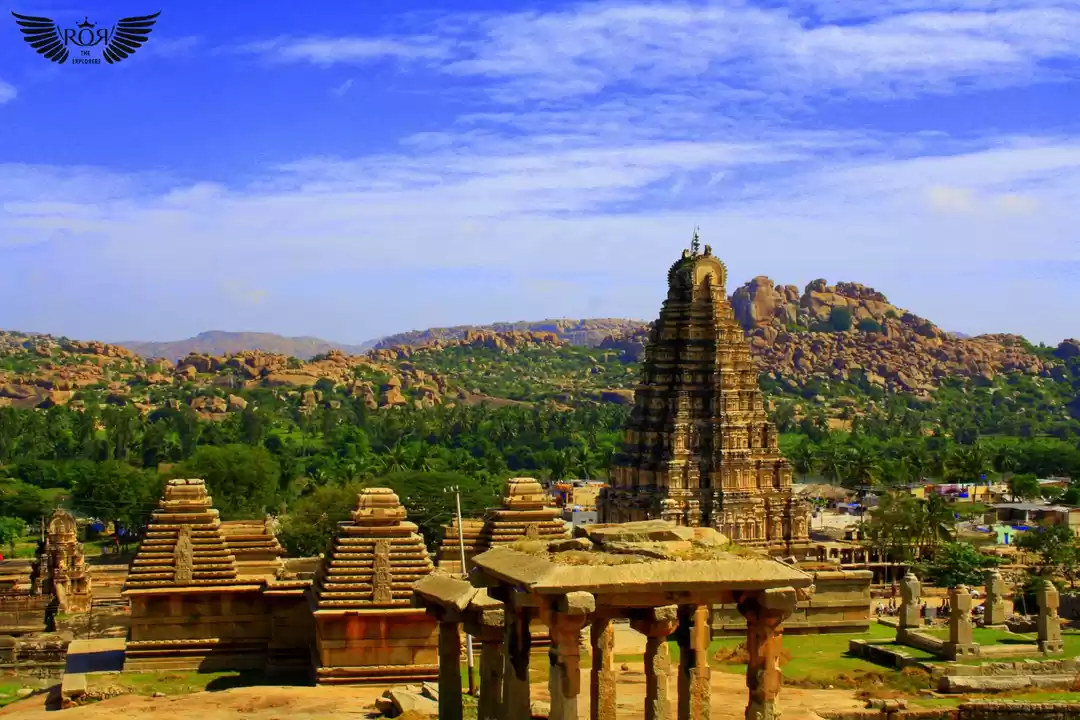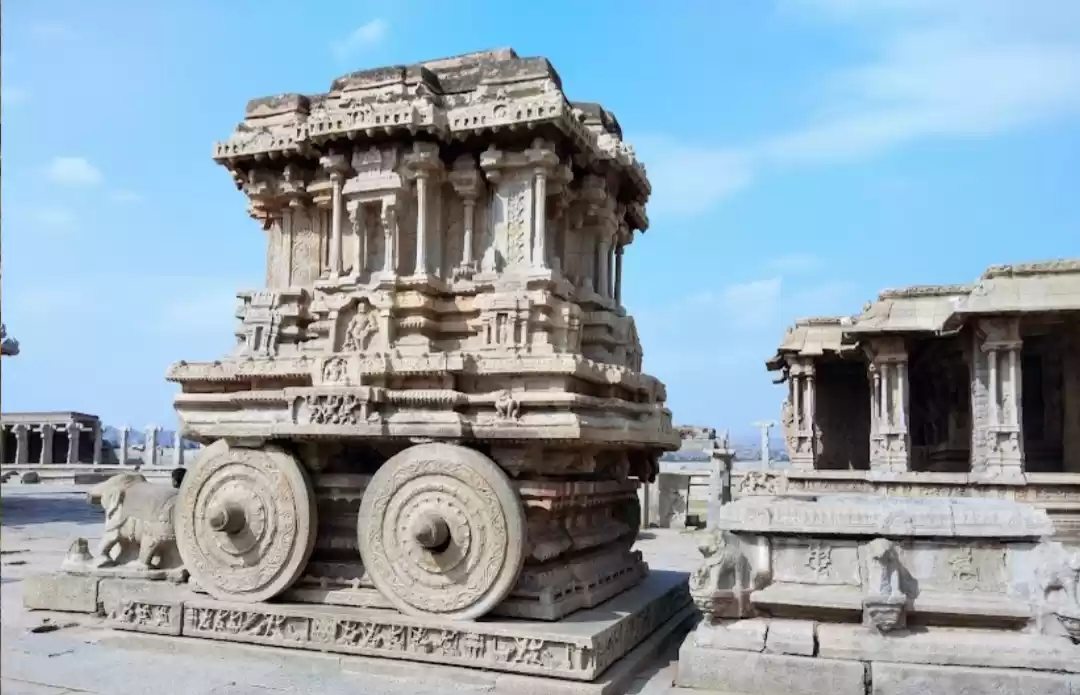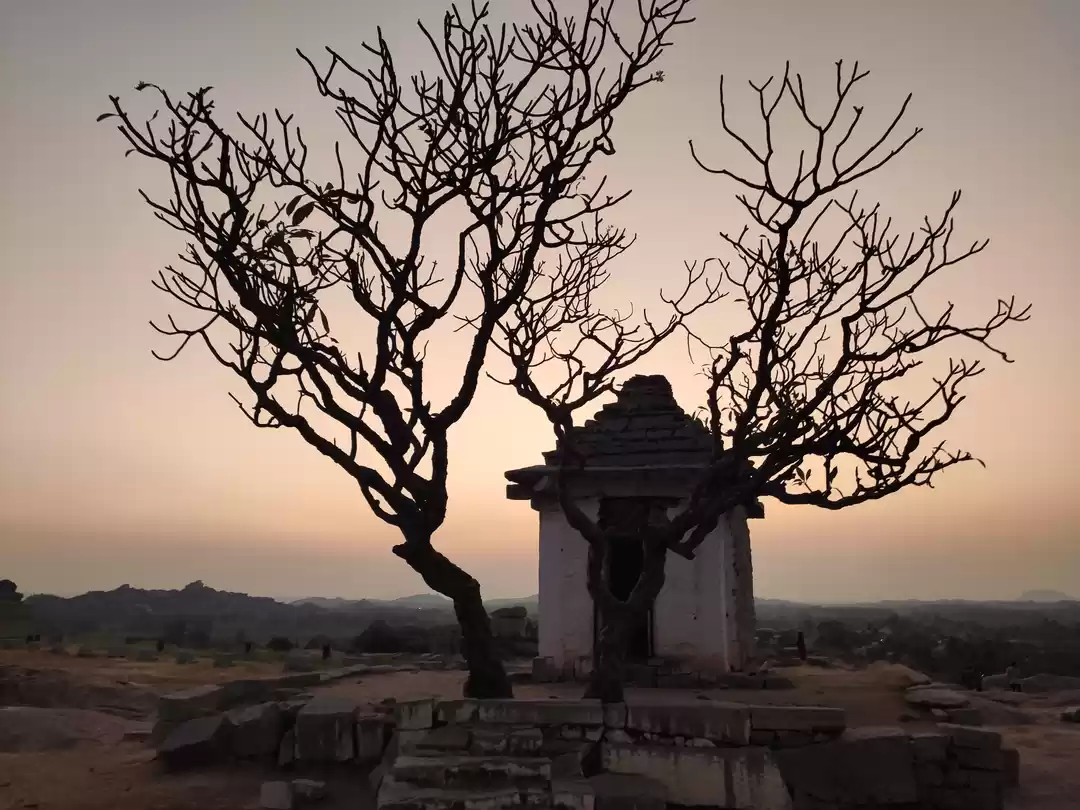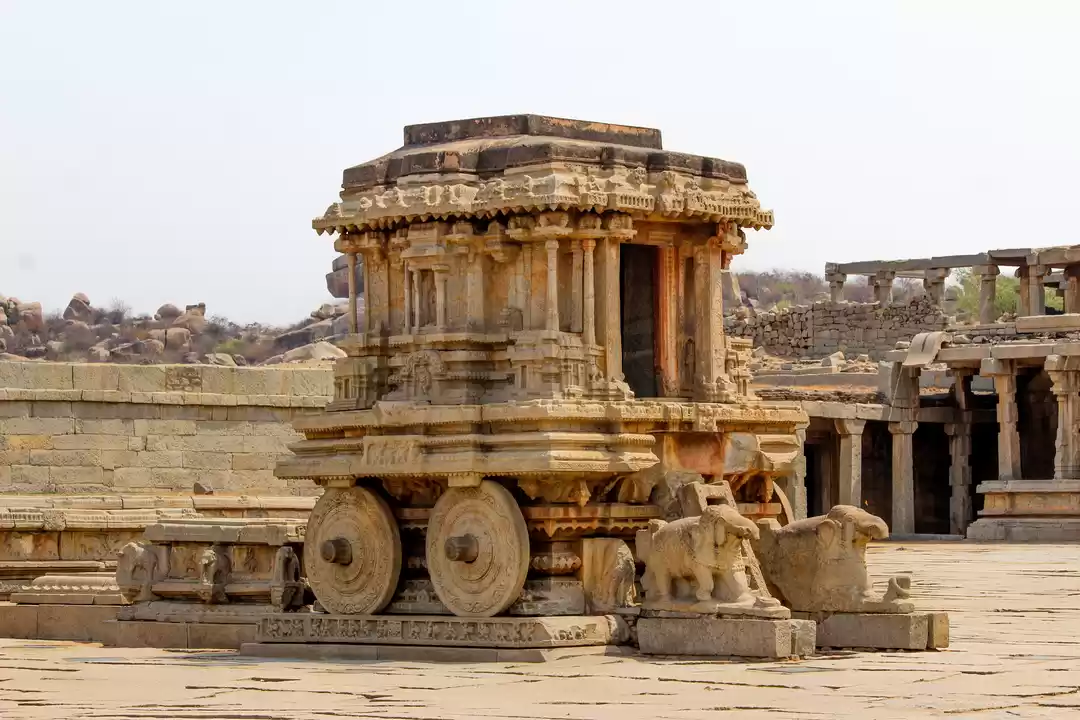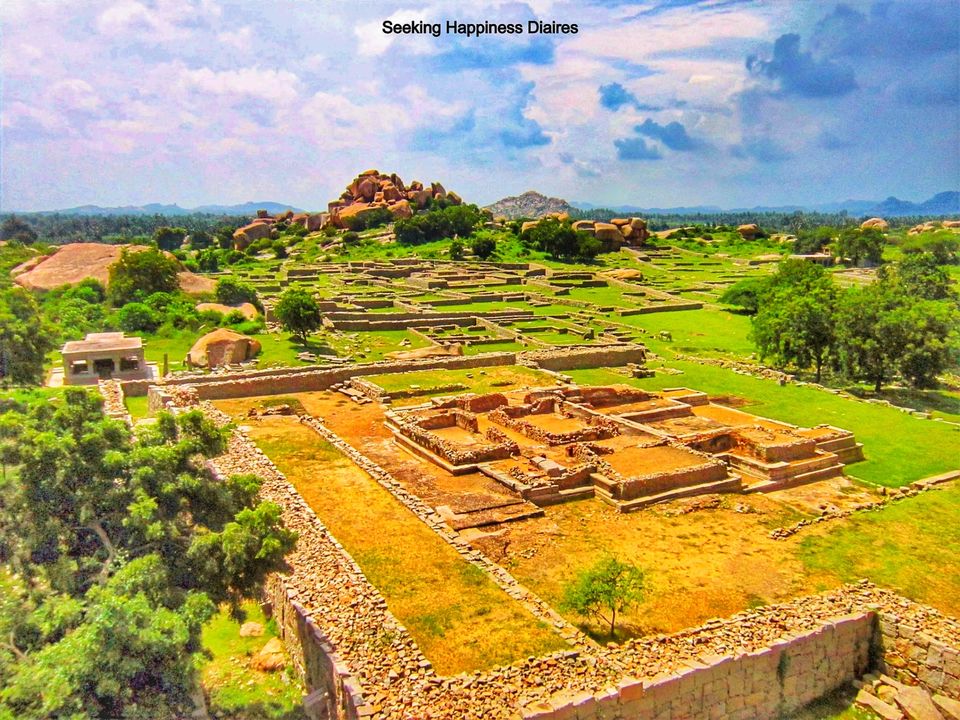
Hampi has picked momentum on the tourist maps from the last few years. The lost city of Vijayanagara Empire today sees folks of curious travellers from the home state of Karnataka as well as international tourists!
Is this the next Machu Pichu I wonder! The state government is leaving no stones turned for getting more attention from the tourism industry.
If things go as planned, this Times of India article claims that the Hampi World Heritage Area Authority (HWAMA) are planning to start a well - equipped diesel buggy train without tracks for a stretch of 7 kms to explore around the UNESCO world heritage monuments of Hampi!
With the tourism industry opening up after a six months break, this definitely sounds as a boon to the tourists planning to visit Hampi.
I remember the last time I visited Hampi, the ancient monuments and temples were so mesmerizing to the eyes, yet the feet had started aching by midday. A buggy train would make your expedition comfortable now!
Each person would be charged INR 300 for the buggy train service.
So, if Hampi has been on your bucket list, here is a list of monuments you should definitely cover on your Hampi trip -
1) The Vitthala Temple complex and the Stone Chariot -
This is the largest temple complex in Hampi and sees the maximum number of tourists in the whole of Hampi. It comprises of the many temples and halls like the Maha Mantapa, Kalyana Mantapa or Ranga Mantapa dedicated for different activities like rituals, marriages and music around the premises.
The stone chariot is another important attraction. It is among the three most-famous stone chariots of India. The other two are in Konark(Orissa) and Mahabalipuram(Tamil Nadu) respectively. The stones wheels have been cemented to avoid damages but were once functional.
The Virupaksha Temple -
The Virupaksha temple is the largest temple that has survived the test of time amidst the ruins of Hampi. It is just adjacent to the bank of the Tungabhadra river.
Virupaksha Temple is devoted to Lord Shiva and still remains functional for many devotees who visit here. The Nandi (Bull) to the Shiva temple is a grand Monolith structure seated at an elevated platform, at the far east end of the entrance. The bull structure attracts many eye-balls for its spectacular view during the sunset hours with its backdrop of large boulders.
The bull leads to the entrance after a long way through a broken stretch of the once market area also known as the Hampi Bazaar.
The eastern gate is a huge nine-tier temple-like structure with many beautifully carved designs on it. I bet you can't see it completely without looking straight up at the sky.
The Kadalekalu and Sasivakalu Ganeshas -
Both these Ganesh statues (the Elephant God) are monolithic structures carved out of a single stone.
The Kadelekalu Ganesha temple is located on the Hemakuta Hill and is 15-feet tall, the largest in south India. The location of the temple gives a calm meditative kind of vibe with a breathtaking view of the Matanga Hills and the whole of Hampi.
The Sasivakalu statue is around 8-feet tall in height. This structure is unique, for a snake tied around Ganesha's huge belly and has a funny mythological story to it. The story says that once Ganesha had stuffed himself so much with food that he tied the snake around his belly afraid that his stomach would burst open anytime.
The large Badavilinga Shiva Linga Statue -
It is a small temple that stands over a water channel flowing through it. It is a large 3 meters tall Shiva Linga statue which is partially submerged in water. The temple has no ceiling and the sun rays beaming through the ceiling lights up the structure. It gives a charismatic glow to the statue.
The Lakshmi Narasimha Statue -
The statue is around 6.7 meters tall.
The original structure was the seated Narasimha over a coiled snake which forms the crown-like feature of the statue with its seven heads i.e. the Shesh Nag as referred in Hindu Mythology. A Lakshmi statue was seated on the lap of the Narsimha which is missing now.
The structure was vandalized and destroyed by the Mughals when they attacked Hampi. The hands of the statue were also broken off.
The Hemakuta Hill -
Hemakuta Hill is a short trek uphill where a number of temple structures exist mainly dedicated to Lord Shiva. These temples are architecturally very different from all other Vijayanagara structures and are thus often confused as Jain Temples. What struck my attention were numerous little Shiva Lingas scattered across the surface of the hill and I kept wondering how had so many little Shiva Linga's landed there carelessly.
The Royal Enclosure - Largest Open Air Museum of Hampi -
The royal enclosure is a vast open area of around 59000 sq.mtrs that demonstrates the vastness of the Vijayanagara Empire with every possible amenities engineered for a town to sustain and flourish! I could imagine the amount of destruction that must have been caused during the battle of 1565.
All that remains today are the basements of most of these structures. The walls and ceilings are missing because they were burnt down by the opponents over a fortnight. Since the majority of the empire was made of sandalwood, the complete empire was subjected to such destruction by fire.
The Mahanavami Dibba (an elevated platform for the King), the Aqueducts, Underground Halls, the stepped wells, the Hazara Rama temple with mythological stories carved on its walls, the enclosed Queen's bath, the Lotus Mahal and Elephant's stable are some of the attractions in this premises.
So is Hampi on you bucket list? Or would you like to visit again, now that you can hire a buggy ride to your favourite monument?
Note - This is a snippet of the Hampi blog originally published here!



